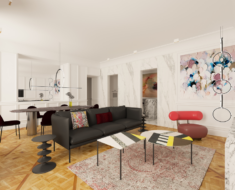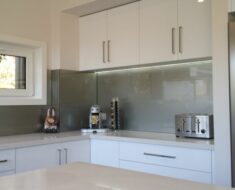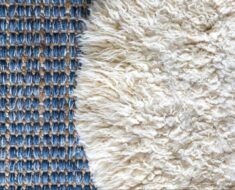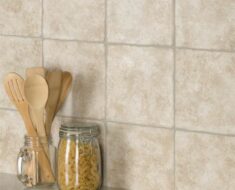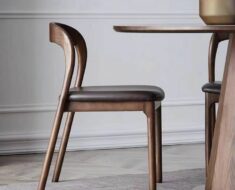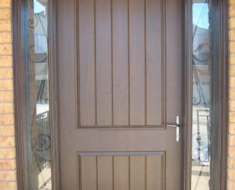
https://langleyinteriors.co.uk/
Victorian coving is a style of molding that dates back to the Victorian era and is distinguished by its elaborate designs and molding. Timeless in its appeal, this ornamental element is still a go-to option for homeowners looking to give their rooms a sophisticated touch.
This article will explore Victorian coving and how it enhances a room, bringing an air of timeless elegance.
Understanding Victorian Coving
Victorian coving is the term for the ornamental plasterwork or molding that is usually put in place where the wall and ceiling meet. This design element, which dates back to the Victorian era (1837–1901), was a crucial component of interior architecture and captured the splendor and wealth of the period.
Victorian coving frequently has elaborate curves, patterns, and ornamentation that highlight the skill and meticulous attention to detail that defined the Victorian style.
How Victorian Coving Enhances a Room
Elegance and Aesthetics
Victorian coving immediately gives a space a sense of refinement and aesthetic appeal. The complex patterns and motifs add elegance, turning an otherwise unremarkable wall-to-ceiling intersection into a center of attention. The timeless elegance of coving may go well with various interior design styles, whether or not your house has a Victorian theme.
Architectural Character
Giving a room architectural individuality is one of Victorian coving’s main goals. The intricate molding and decorations enhance a room’s overall beauty, which gives the space a regal Victorian feel. Both homeowners and prospective buyers may find this architectural detail to be an attractive feature, increasing the property’s perceived worth.
Visual Transition
Victorian coving serves as a visual transition between the walls and the ceiling. By softening the abrupt angle at this junction, coving creates a seamless flow, making the room more cohesive and harmonious. This transition is especially effective in rooms with high ceilings, where coving can help visually bring the ceiling height down to create a more intimate atmosphere.
Lighting Enhancement
Victorian coving produces shadow lines that can be carefully manipulated to improve a room’s lighting. Natural light or well-positioned lamps can cast soft shadows on the molding, giving the room depth and character. The delicate intricacies of the coving are further highlighted by this dance of light and shadow, creating an engaging visual experience.
Versatility in Design
Victorian coving is available in various styles, making it suitable for several applications. Homeowners can select a pattern that fits their taste and blends in with the current décor, ranging from subtle, understated designs to more complex, extravagant ones. Because of its adaptability, Victorian coving can be used with various interior design concepts.
Concealing Imperfections
Victorian coving can be functional and aesthetically pleasing since it can hide flaws at the wall-ceiling junction. It offers a smooth finish that gracefully hides gaps or uneven lines and adds to a room’s overall polished appearance.
Historical Continuity
Incorporating coving is a meaningful choice for those who appreciate historical continuity and want to pay homage to the Victorian era. This design element connects the present with the past, creating a sense of timelessness that transcends changing design trends.
Victorian Coving – A Timeless Legacy of Elegance and Charm for Every Space
Victorian coving is a classic design element that improves space in various ways, making it more than just a cosmetic feature. Coving adds a sense of refinement and beauty to any area, from its visual appeal and architectural character to its useful uses in enhancing lighting and hiding imperfections.
Victorian coving is a tribute to the timeless appeal of classic design, whether you live in a Victorian-style home or are trying to bring a bit of historical grandeur into a modern setting.








